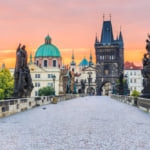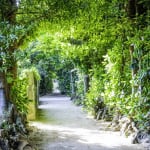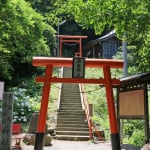Name: Leh Palace
Address: Namgyal Hill, Leh, Jammu and Kashmir
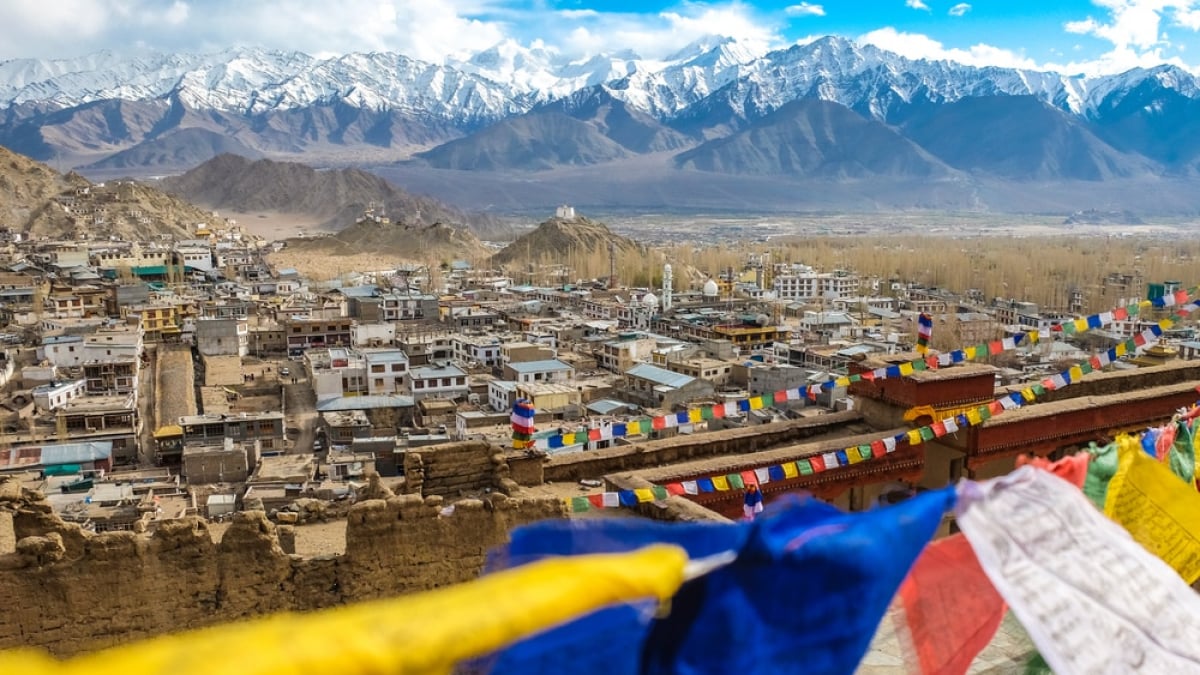
A city of Tibetan culture in India! 5 recommended sightseeing spots in Leh
India is a vast country with a diverse range of ethnic groups. Different cultures mean different languages, and it's not uncommon for even Indians themselves to struggle with communication due to language differences. The sightseeing destination we’re introducing this time, Leh, is a town that exists in India but feels distinctly un-Indian. Located in the Ladakh region in the eastern part of Jammu and Kashmir, northernmost India, this remote area is nestled between the Karakoram and Himalayan mountain ranges. Ladakh is said to preserve Tibetan culture even more than China’s Tibet Autonomous Region. The heart of this region, Leh, is an Indian town where the majority of the population is of Tibetan ethnicity. In this hidden town of India, we will introduce sightseeing spots where the rich Tibetan culture still thrives.
table of contents
[x] close
A city of Tibetan culture in India! 5 recommended sightseeing spots in Leh
1. Leh Royal Palace
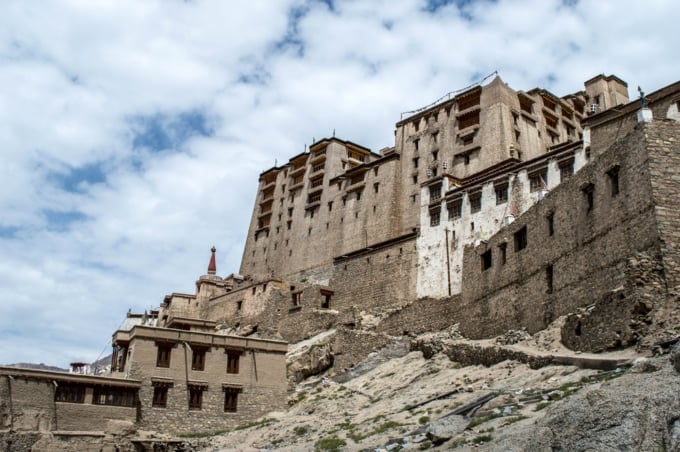
Leh is a small town surrounded by beautiful mountains, and it doesn’t take a whole day to explore the entire town. However, there are many sightseeing spots in the surrounding area, and due to its high altitude of over 3,600 meters, many visitors choose to stay in Leh for an extended period to acclimatize. Of course, there are also attractions right in the heart of Leh itself.
Leh Palace was built by the former Ladakh Kingdom. It is said that the Potala Palace in Tibet was modeled after this very structure. The palace is just a 15-minute uphill walk from the old town, and along the way, you can catch glimpses of the remnants of ancient Tibetan culture. While the interior of the palace is largely in ruins, with some areas requiring a flashlight, the panoramic view from Leh Palace is truly breathtaking and well worth the visit.
2. Shanti Stupa
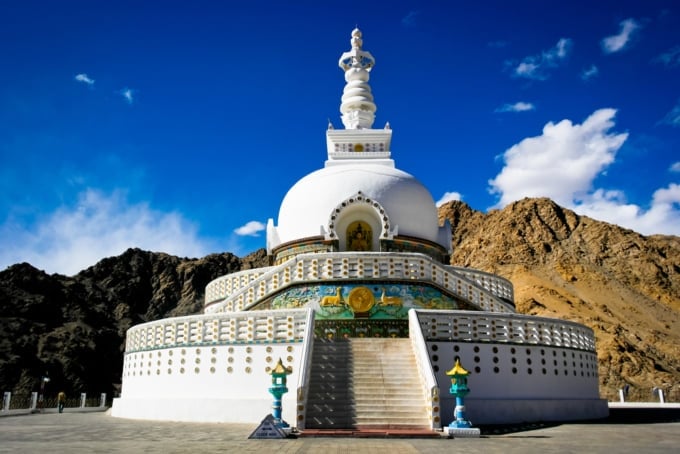
Located on the outskirts of Leh, Shanti Stupa is another popular sightseeing spot. It can be reached either on foot or by car. This stupa was built as a collaboration between a Japanese Buddhist monk, Ladakhi Buddhists, and the Indian government. Its pristine white exterior, adorned with a fusion of Tibetan and Japanese Buddhist elements, makes for a striking sight. The vividly colored murals depicting the life of Buddha are worth taking the time to appreciate.
Since Shanti Stupa is situated at an even higher elevation than Leh itself, it is not advisable to hike up before fully acclimatizing. Instead, you can take a taxi from town to reach the top more easily.
Name: Shanti Stupa
Address: Shanti Stupa Rd, Leh, Jammu and Kashmir
3. Gompa
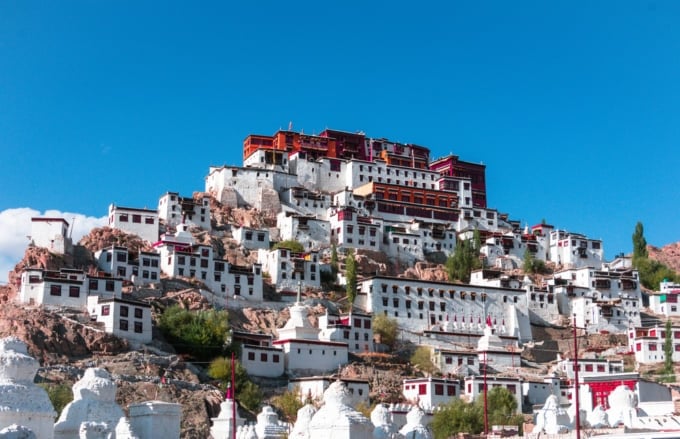
A Gompa is a monastery, and there are numerous gompas in and around Leh. In fact, many tourists visit Leh specifically to explore these monasteries, making them one of the town’s main attractions.
Near Leh Palace, there is a gompa that houses statues of Maitreya Buddha and Avalokiteshvara (Thousand-Armed Bodhisattva), making it an ideal stop while visiting the palace. If you hike even higher up from Leh Palace, you’ll reach Tsemo Gompa, which offers a stunning view of both the palace and the town below.
Other notable monasteries include Shey Gompa, located 14 kilometers southeast of Leh. This monastery features a golden Buddha statue that can be viewed from the second floor, as well as an impressive mural of a thousand Buddhas, which is considered a masterpiece. Another must-visit is Alchi Gompa, about 60 kilometers west of Leh along the Indus River. This monastery is famous for its beautiful mandala paintings.
Gompas are one of the main highlights of sightseeing in Leh, but since public transportation is limited, it is common to rent a car or hire a taxi to visit these sites. Planning your itinerary in advance is highly recommended.
Name: Gompa
Address: Jammu and Kashmir 194107
4. Pangong Tso
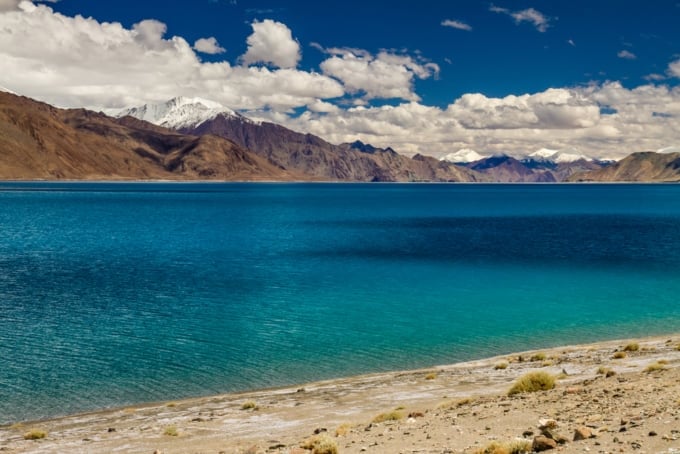
Located about 150 kilometers east of Leh, a roughly five-hour drive, Pangong Tso is a long and narrow lake that stretches between India and China. The lake’s stunning blue waters make it an eye-catching destination. On a clear, windless day, the surrounding mountains are reflected in the water, creating a mirror-like effect. Tourists from around the world visit just to witness this breathtaking scenery.
Pangong Tso, sitting at an altitude of 4,300 meters, is a saltwater lake often referred to as “the saltwater lake closest to the sky.” Since the lake freezes over in winter, the best time to visit is during the summer. If possible, staying overnight is highly recommended so you can witness the mesmerizing starry sky, which is said to be truly awe-inspiring. Be sure to bring warm clothing, as temperatures can drop significantly at night.
Name: Pangong Tso
Address: Leh, Jammu and Kashmir
5. Lamayuru Gompa
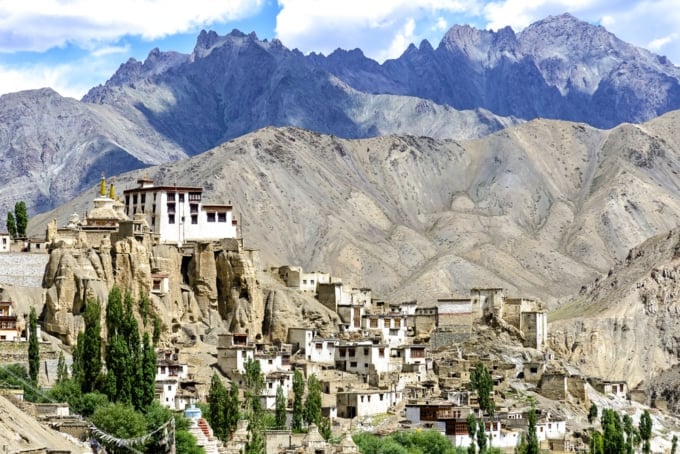
Nicknamed “The Moonland,” Lamayuru Gompa is located about a three-hour drive west of Leh. Perched on the rugged slopes of a surreal landscape, the gompa and the surrounding dwellings truly resemble a lunar world. Built atop a steep valley, the view on a clear day is absolutely stunning. It is possible to visit Lamayuru on a day trip from Leh, and the sight of this monastery set amidst the barren wilderness is well worth the journey.
Name: Lamayuru Gompa
Address: Lamayuru, Jammu and Kashmir
◎ Summary
This guide introduced Leh, an Indian town rich in Tibetan culture. For those interested in Tibetan Buddhism and heritage, Leh is a must-visit destination. A flight from Delhi takes only about an hour, yet upon arrival, you will find yourself immersed in a completely different cultural world. Since roads become impassable due to ice during winter, summer is the best time to visit. However, due to the high altitude, it is essential to take precautions against the cold and altitude sickness. Also, when visiting sacred sites, please show proper respect to the local residents and their traditions.
RELATED ARTICLES
REGIONS
CATEGORIES
FEATURED ON Guide
-
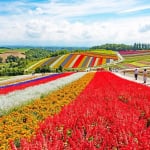
Where will you go for the summer vacation? Introducing recommended spots for domestic travel
-
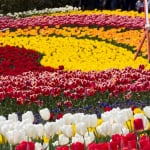
Kaizu City’s Recommended 7 Tourist Spots. Enjoy the Culture and History Nurtured by Wajū!
-
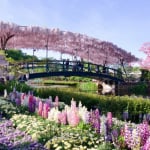
What Makes Ashikaga Flower Park So Special? A Treasure Trove of Photo-Worthy Spots!
-
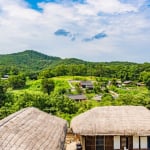
600 Years of Radiant Tradition: Korea’s Historic Villages of Hahoe and Yangdong
-

Two-Colored Seas and a Pink Beach! 4 Must-Visit Spots in North Eleuthera
MOST POPULAR ON Guide
-
 1
1Doha: Must-see Attractions in the Capital of Qatar
-
 2
2Toronto: 10 Things to do in this Picturesque Canadian City
-
 3
3Amarillo: A City Famous for It’s Amazing Canyons, Great History and Music
-
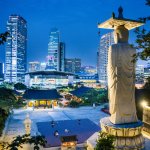 4
4South Korea: Dazzling Scenery, Rich Culture and Fascinating History
-
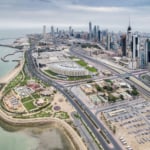 5
5Kuwait: A Country in Middle East Asia Famous for Hot Sand Dunes and Stunning Cityscape


